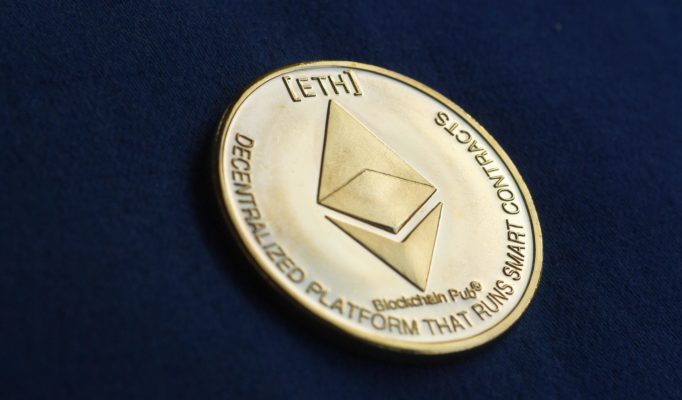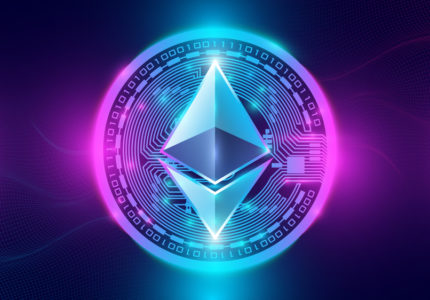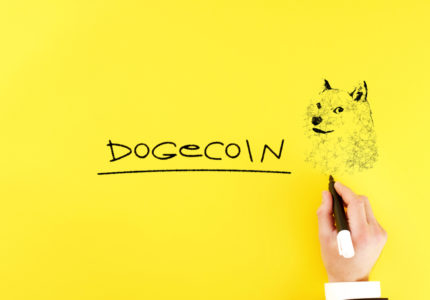Bitcoin remains top-notch, standing at the forefront as the world’s first and largest cryptocurrency. Bitcoin proved its worth as an item that can transact value world-wide and is undoubtedly easier in contrast to other similar assets such as gold. Although several other cryptocurrencies are unsuccessfully competing with Bitcoin to get a stand in the market share, Ethereum has managed to become the second most popular cryptocurrency globally.
How Ethereum Came To Life
Ethereum came to the limelight in the year 2015, based on a concept from a Canadian computer programmer, Vitalik Buterin, who was startled by Bitcoin as a teenager. Different processes came through at the time, and on July 30, 2015, Ethereum was unveiled.
Several initial coin offerings used Ethereum as a drive with crypto assets based on the network’s blockchain called ERC-20. Most projects invested in the network’s blockchain can later be moved once its strength has been maintained on Ethereum. The blockchain is what makes everything easy as it acts as a public record list for everything that goes on in the network. This makes it easy to host other decentralized applications (DAPPS).
Why Ether Has Got Value
Ethereum’s native token, Ether, is the fuel that keeps the whole network running. It has ranges of value derived from a myriad of different factors, used within the Ethereum network to perform functions which include the payment of Ethereum transaction fees (in the form of ‘gas’), usage as collateral for a vast range of open finance applications, the ability to be lent or borrowed and its usage as a medium of exchange in trading Ethereum-based tokens and other non-fungible (NFTs).
Ethereum’s 2.0 scaling value, however, has been seen as a rising issue. The network is programmed to provide a fast and strengthened experience as well as a higher price value. The upgrade requires certain procedures and has met delays in some aspects. Its main purpose is to add a proof of stake process into the network whereby validators in the network would need at least 32-Ether stake to take part in backing the network.
However, as the world of crypto continues to evolve, other cryptocurrencies have emerged as alternatives. Networks like Cardano, Neo, Binance smart chain (BSC) are going through the same process as Ethereum, but the transaction of coins is, of course, different. Ethereum’s network has remained a hot topic in the never-ending rise of new cryptos and a significant part of the crypto world.

















